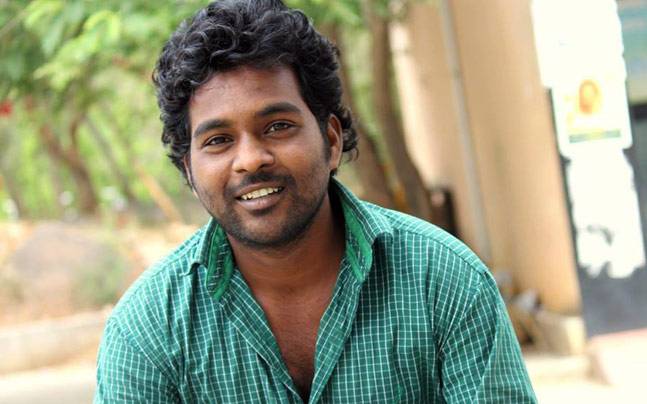India is the suicide capital of the world. In the first-ever report by WHO on suicide statistics, India topped the table accounting more than one-fourth of total number suicides committed worldwide. Suicide is the leading cause of death among the youth of age group 15-29 years in India. According to data, 1 person kills himself in every 5 minutes in India. The situation is grim.
There is a direct correlation between suicide rate and frequency & content of media reporting of suicide. It is called Werther’s effect. The term originated when more than 2000 people committed suicide after reading Goethe’s The Sorrows of Young Man Werther, a novel where the hero commits suicide due to unrequited love. The book is still banned in many parts of the world. More than 40 scientific papers have been published on the impact of the media coverage on the suicide rate. There were additional 303 suicides after the hyper-publicized suicide story of movie star Marilyn Monroe. Similarly after Robert Williamson suicide, there was 50% jump in the suicide rate for persons aged between 50-59 years in America.
There are several obvious impacts of high voltage media coverage on suicide rate:
- Glorification of suicide: A vulnerable and dejected mind tends to attract with the media galore surrounded after the death.
- Identifying with the story: There are a number of people who suffers from similar problems throughout their life. When they identify with the type of story, they tend to copycat.
- Imitating the escape route: one learns that there are troubled people who solve their life’s problems (for example, divorce, terminal illness, and dishonor) through suicide. Mentally troubled persons in society idolize the behavior.
World health organization (WHO) & International association of suicide prevention (IASP) who have joined hands in taking measures to curb the growing rate states, “The factors contributing to suicide and its prevention are complex and not fully understood, but there is evidence that the media plays a significant role. Vulnerable individuals may be influenced to engage in imitative behaviors by reports of suicide, particularly if the coverage is extensive, prominent, sensationalist and/or explicitly describes the method of suicide”.
WHO have issued guidelines for media professionals while covering suicide stories, which are below:
- Avoid language which sensationalizes or normalizes suicide.
- Avoid prominent placement and undue repetition of stories about suicide.
- Avoid providing detailed information about the site of a completed or attempted suicide.
- Word headlines carefully.
It is pathetic to see how Indian media thrashed all the above guidelines in covering the suicide of Rohith Vemula. They sensationalized the whole story and played it all around the week. They re-packaged and glorified the incident, published catchy headlines, covered 24 x 7, debated and discussed at length during prime time shows. They shamelessly put the word suicide in their headlines and appealed twiterratti to trend their hashtags. On some of the news channels, the suicide letter was played on the loop with a panel of equally less sensitive people inferring the lines and between the lines. They presented suicide as a powerful weapon to shake the top of the establishment.
The political vultures played a significant role in keeping the story alive for so long. The dimwit politicians raced to the incident site to make a feast out of it which was partially responsible for such an extensive coverage by media.
It is an apt example of wrongful, immoral, unethical and dangerous reporting all at the same time. What more unfortunate is the dearth of sane voices to criticize this? As the intellectuals of this country are busy in returning awards, it is for us as an individual to restrain ourselves and not let us carry with the hype created.
